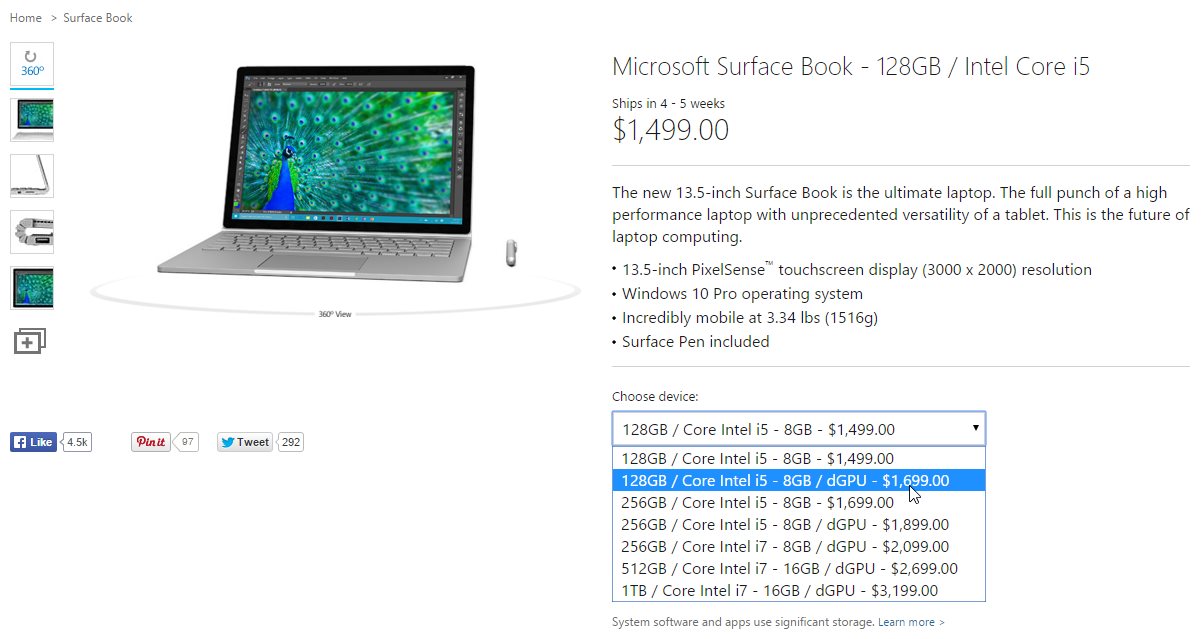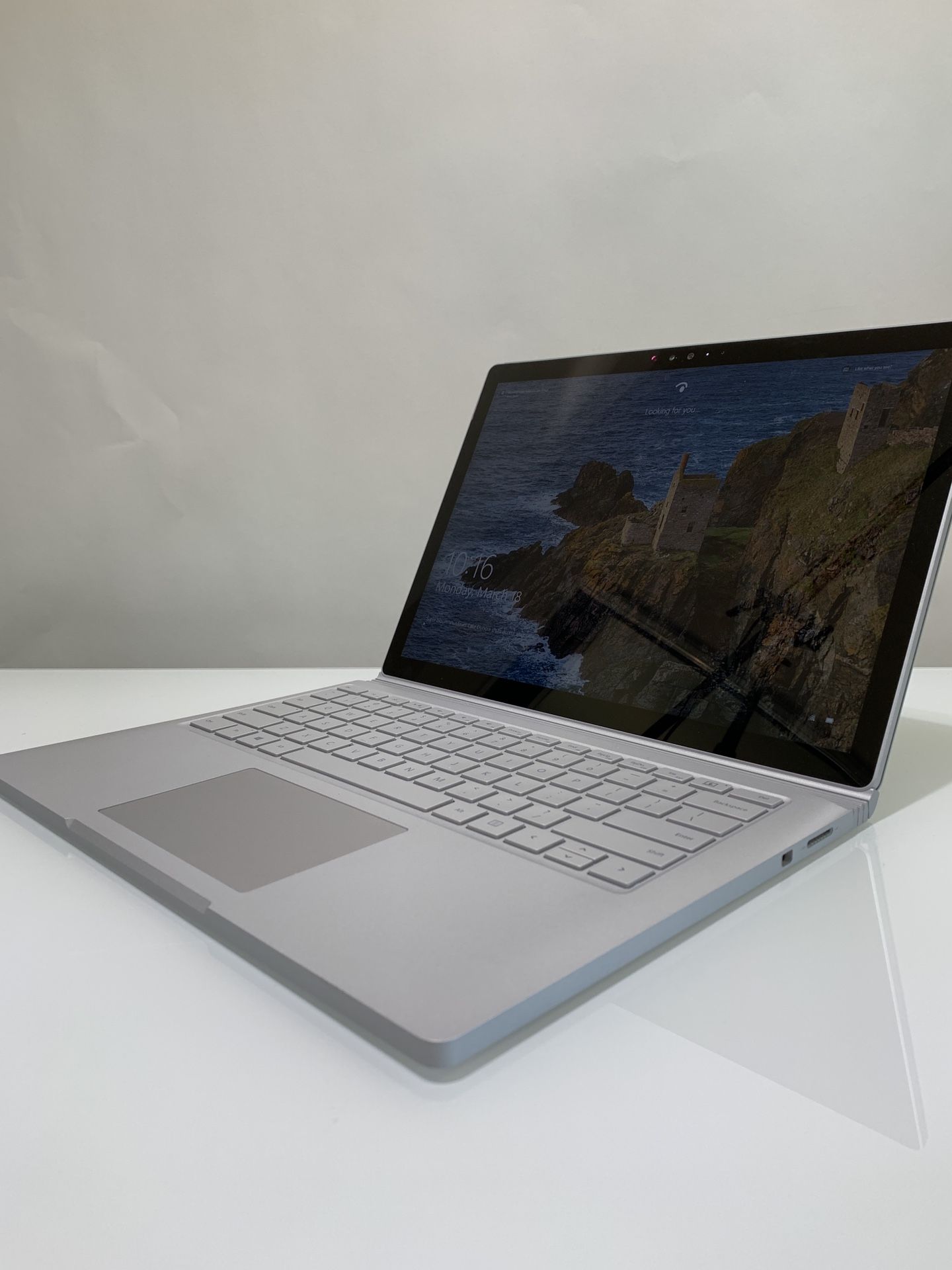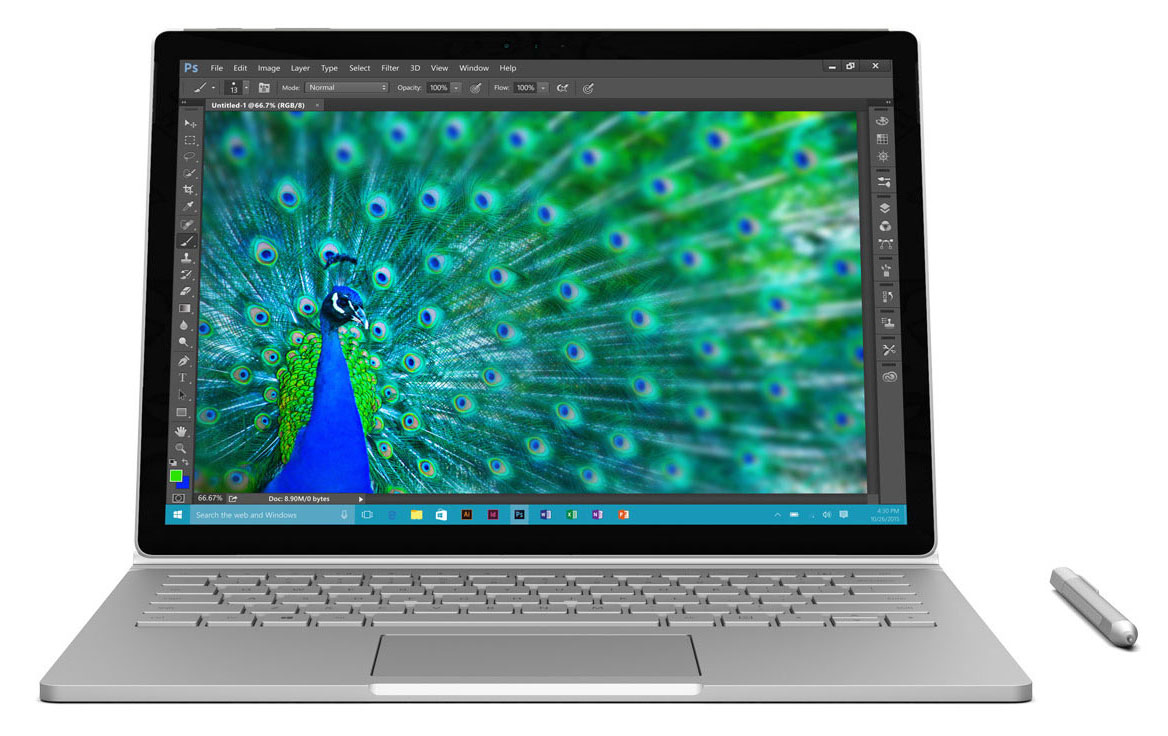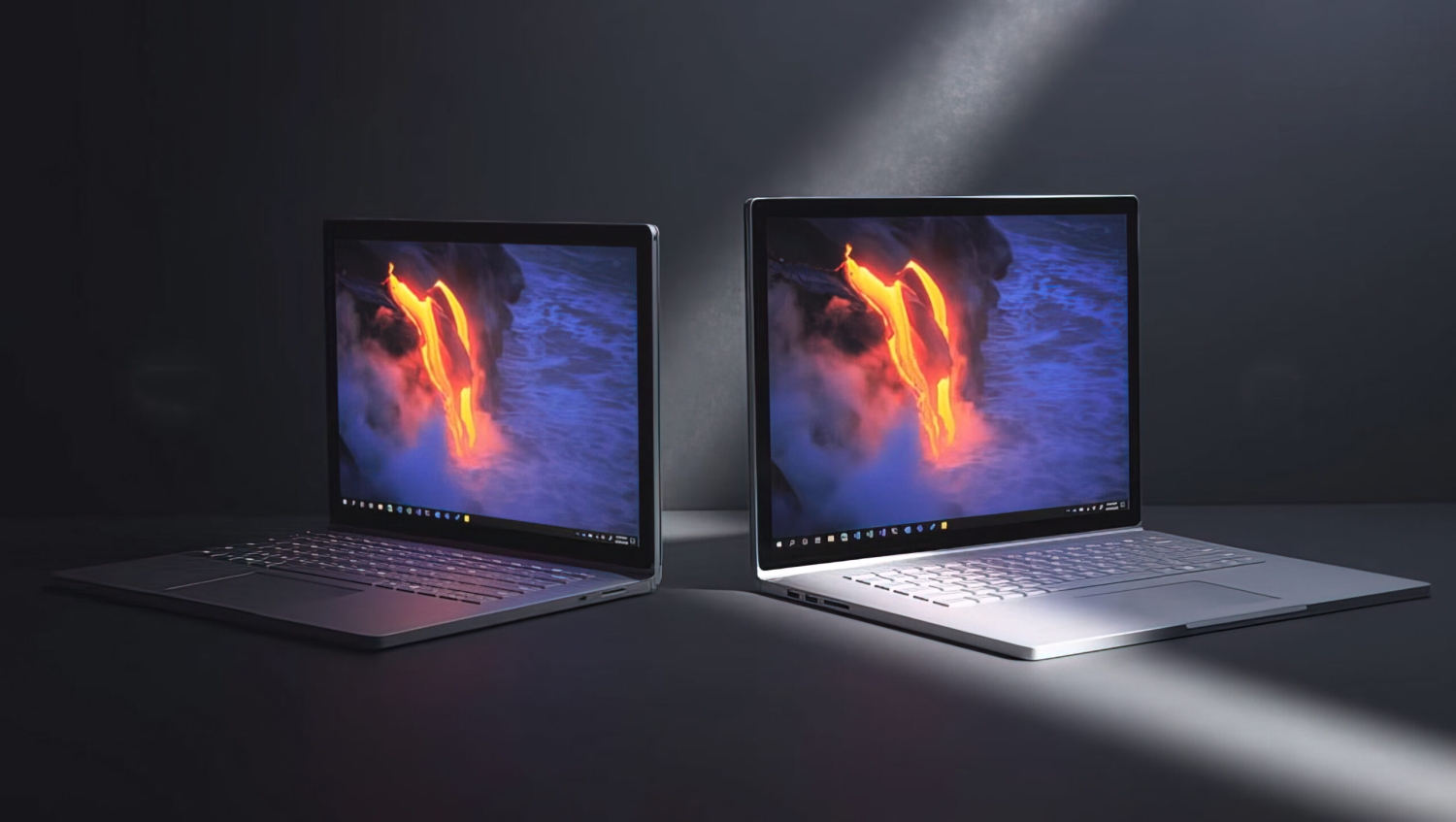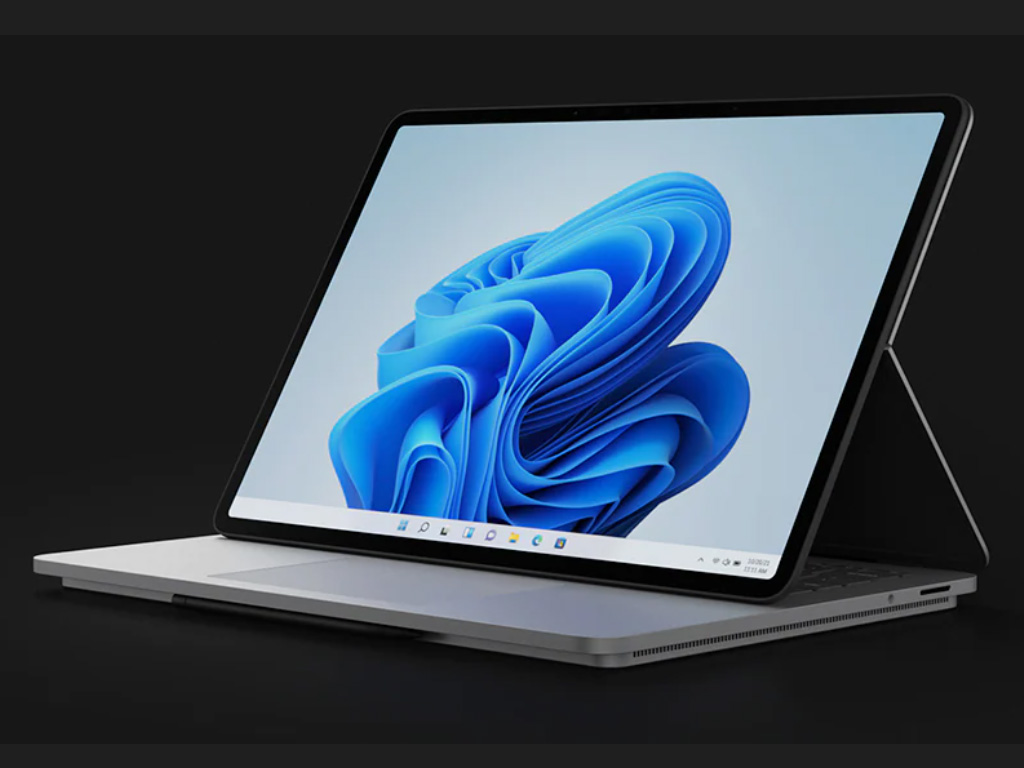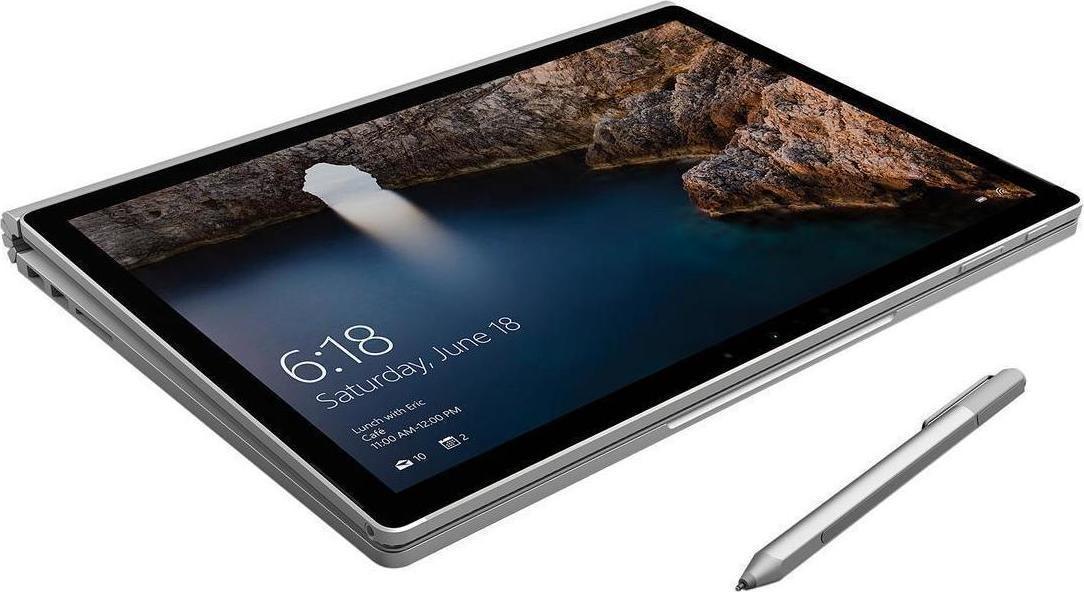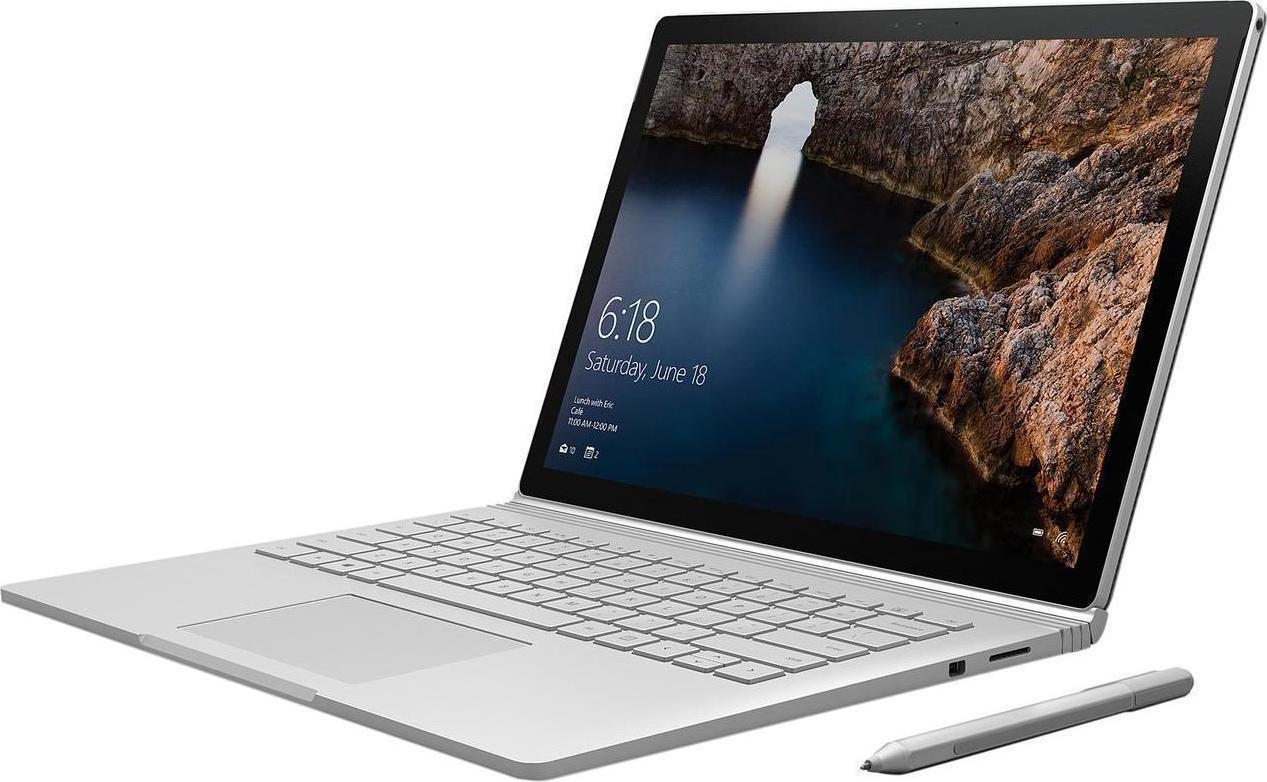Microsoft Surface With Nvidia Graphics
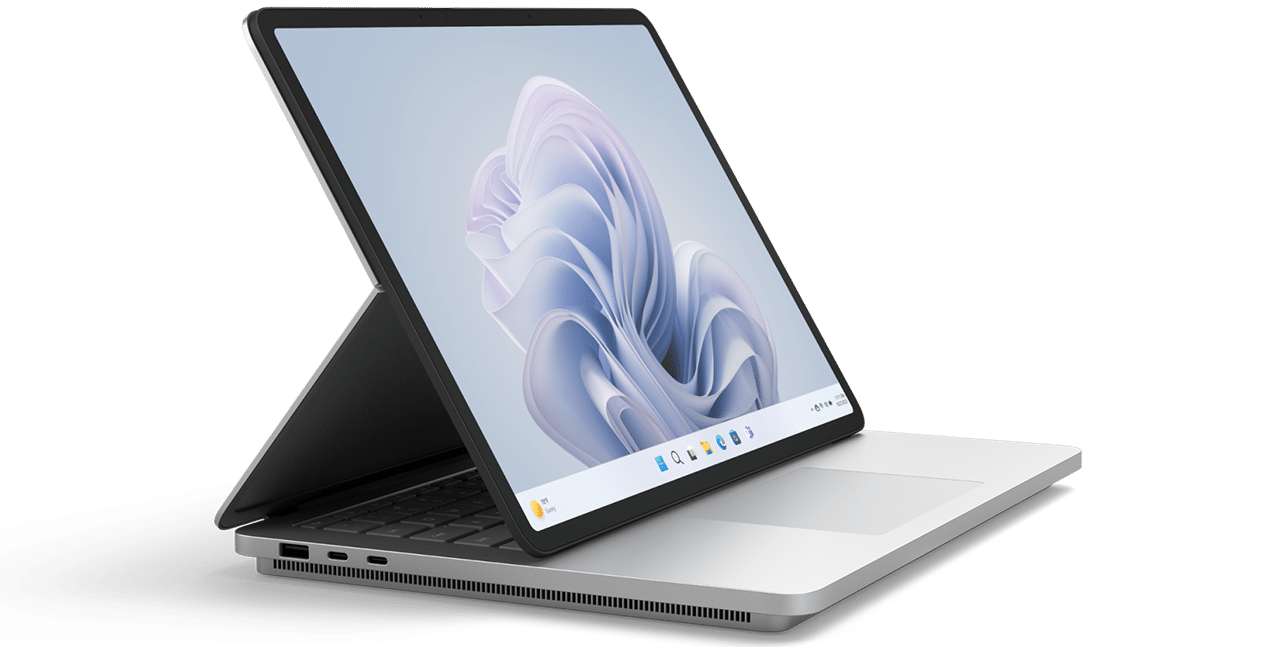
Microsoft is reportedly developing a new Surface device incorporating Nvidia graphics, signaling a potential shift in its hardware strategy and promising enhanced performance for creative professionals and gamers.
The move, if confirmed, could significantly impact the competitive landscape of the premium laptop and tablet market, challenging established players like Apple and Dell.
Microsoft has not officially confirmed these plans.
Rumored Collaboration: Surface and Nvidia
Whispers about a collaboration between Microsoft and Nvidia have been circulating for months, fueled by industry leaks and speculation. The core of the rumor revolves around a Surface device, possibly a new iteration of the Surface Laptop Studio or a completely new product line, equipped with high-performance Nvidia GeForce RTX graphics cards.
This collaboration would move Microsoft beyond its reliance on integrated graphics or lower-end discrete solutions from other vendors.
The implications for users could be profound, especially for those involved in graphics-intensive tasks.
Details Remain Scarce
While the existence of the project is gaining traction, concrete details remain scarce. Sources suggest that Microsoft is exploring various configurations, with options ranging from mid-range to high-end RTX cards.
The specific model and the thermal design required to cool such powerful components within the Surface's slim form factor are still unknown.
Furthermore, the potential price point and release date are currently undisclosed.
"The integration of Nvidia graphics would represent a significant investment by Microsoft in catering to the high-performance computing needs of its user base," noted a tech analyst familiar with the matter.
Such an offering would position the Surface device as a viable alternative to traditional gaming laptops and high-end workstations.
This would also enhance its appeal to professionals in fields like video editing, 3D modeling, and game development.
Potential Impact on the Market
The introduction of a Surface device with Nvidia graphics could disrupt the market. Microsoft could attract customers currently using Apple's MacBook Pro or high-end gaming laptops.
By combining the Surface's sleek design and user-friendly interface with Nvidia's powerful graphics, Microsoft could carve out a unique niche.
The competition among these top manufacturers will lead to better products for consumers.
What This Means for Users
For consumers, the prospect of a Surface device with Nvidia graphics presents several exciting possibilities. Gamers could experience smoother frame rates and higher graphical fidelity in their favorite games.
Creative professionals could benefit from accelerated rendering times and improved performance in demanding applications like Adobe Premiere Pro or Blender.
Students in related fields could also have a new mobile and versatile tool to run demanding softwares.
The Importance of Power and Mobility
One of the key challenges will be balancing performance with battery life and portability. Nvidia's RTX cards are power-hungry, and fitting them into a thin and light device like a Surface presents significant engineering hurdles.
Microsoft will need to optimize the hardware and software to deliver a compelling user experience without compromising on battery life.
The solution could involve advanced cooling systems, power management software, and potentially even custom-designed chips.
Ultimately, the success of a Surface device with Nvidia graphics will depend on Microsoft's ability to deliver a seamless and powerful experience while maintaining the brand's signature design and portability.

